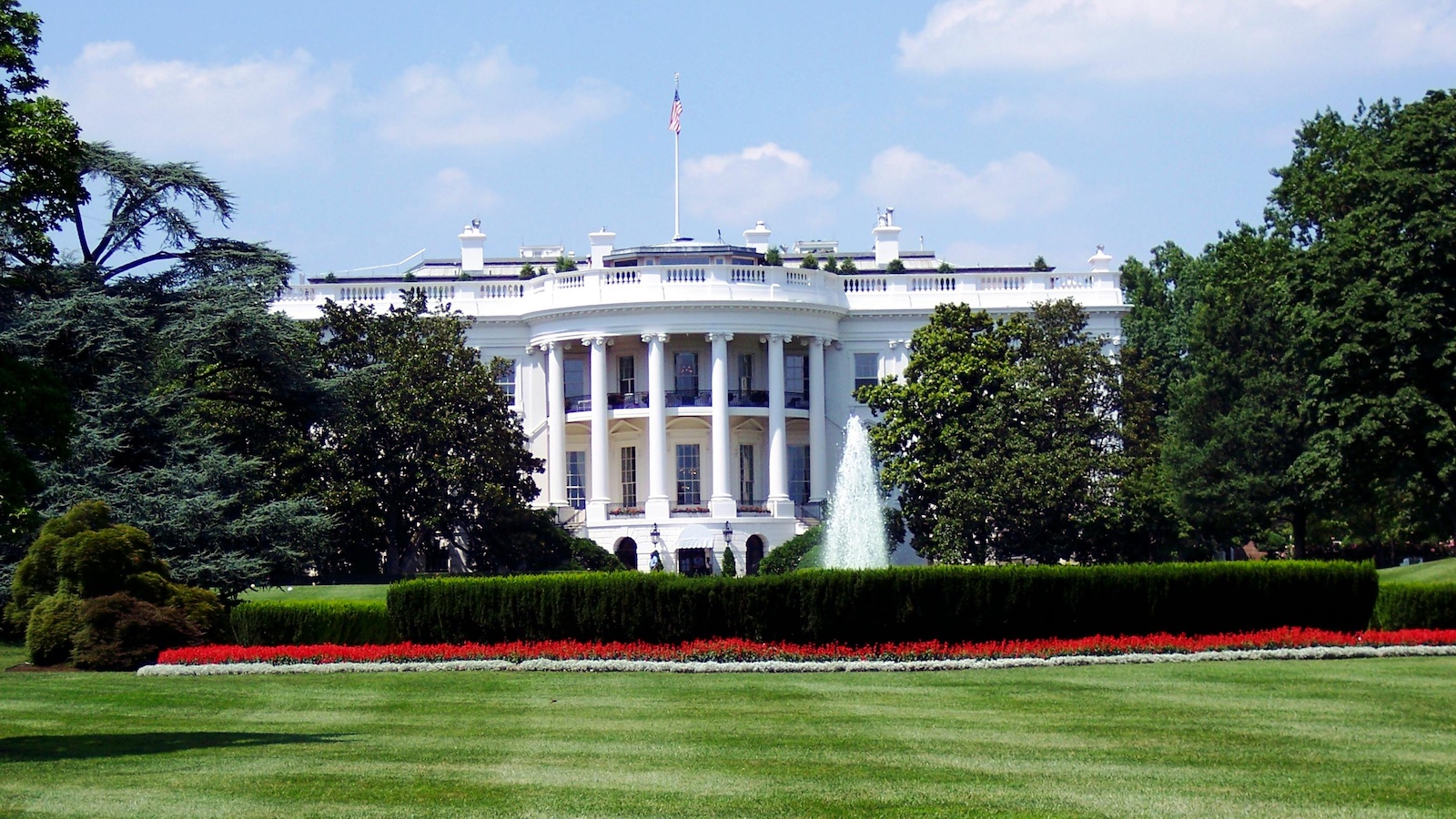Lots of questions are flying around. Are "tech bros" taking over the White House? Why do we need more “masculine energy,” and what does that even mean? What else can we expect from the White House and the U.S. more generally?
As Trump settles into his presidency, it’s useful to take a look at what he might mean for insurance, and why dealing with uncertainty is the industry's untapped superpower.
People are referring to Trump 2.0, and for good reason. Having Elon, Mark and Jeff sit together at the inauguration signals that tech will feature strongly in Trump's second term.
We have also seen the rallying cries across fintech generally and niche areas such as cryptocurrencies. The view is that Trump favors these sectors and is likely to reduce regulation, perhaps even establishing more favorable tax regimens for them.
Leo Schwartz, writing in Fortune, sees the balance of power shifting from banks to Silicon Valley. You could argue that fintech is a tech investment, but I’m inclined to believe the momentum will increasingly favor technology companies themselves, rather than those simply leveraging technology to disrupt other markets.
For insurance, we are already seeing traction in the U.S. due to more dynamic and growing financial markets. Only recently, Aspen Insurance Group decided to stick with New York as its preferred venue for an initial public offering. That's a blow to London, for sure, having a Lloyd’s insurer snub London for a U.S. listing. But one can entirely understand why, despite being engaged with the London markets, the company would choose to float in a more dynamic and growing financial market.
All in all, we will see a degree of volatility that isn't straightforward for any financial services business, including insurance. In addition, we will see the global economic and competitive landscape changing, in turn affecting inflation and interest rates to varying degrees.
See also: What Trump 2.0 Means for Climate Initiatives
Things driving this include:
- The president’s focus will drive investment into different areas of industry
- Global markets will change, and supply chains are likely to be disrupted by foreign policy changes
- More U.S. domestic focus will reduce the U.S.'s own interests in investing overseas, but it could be good for the global economy anyway
- We are already seeing sustainability stocks struggle, and other markets are similarly feeling the strain in areas like energy policy
I therefore think that coming out of Trump 2.0 will be a more stress tested insurtech and fintech market, which will have access to a much stronger advanced technologies market. And all of this will be centered on an even more attractive U.S. market in the short term.
As always, insurers need to be highly adaptive, able to adjust to geopolitics, economics and societal changes like never before. Selective growth will be key, as will keeping a keen eye on profitability and the quickest path to it.
This adaptability is the untapped superpower of the industry.
See also: Insurance Industry Faces Major Changes in 2025
Blessed with the need to assess risk in the context of macro-environmental changes, insurance is uniquely capable of tuning into data (real-time) and using its actuarial muscle to make core changes.
However, this ability to use data, make predictions and adapt isn’t used to the same effect across the entire insurance business. We often see just little changes in customer communications and empathy, and the industry's efforts to proliferate and manage a deepening ecosystem of suppliers can get bogged down in a lot of mainframe integrations and code.
Even the industry's use of connected things and the data that binds them altogether, are all too often point solutions with little to no dynamism.
Yet this could change. Insurance could use its ability to act on risk, near-real-time, to be better at putting its adaptive power in the hands of its customers.
For some time now, many have observed the industry at a protracted tipping point, with consumer markets overly dependent on price, with corporate insurance being slow to get to risk mitigation models, and so on.
Trump 2.0 should be used as an impetus to raise the industry's profile. The recent California fires alone represent enough economic reasons for a bigger conversation between insurers and the White House.
By embracing wholesale changes to enterprise design -- centering operations on customers, leveraging AI to intelligently orchestrate customer relationships and supplier networks, and adopting innovative business models such as embedded, risk-mitigating, and adaptive strategies -- the industry can amplify its role as a growth engine for the global economy.
Trump 2.0 isn’t as interesting to me as Insurance 2.0, but the two could be symbiotic. Either way, insurance will need to adapt and use this as an opportunity to progress into a redefined era.








